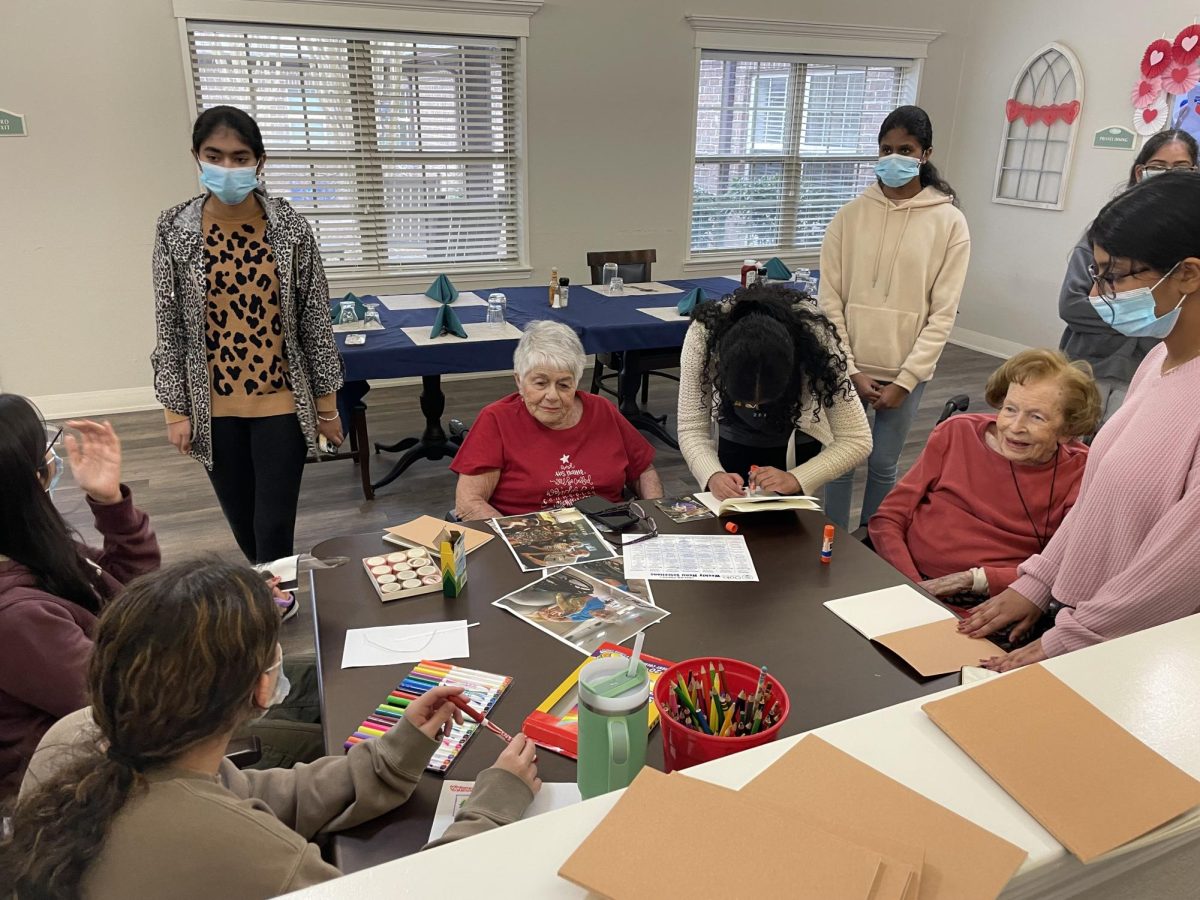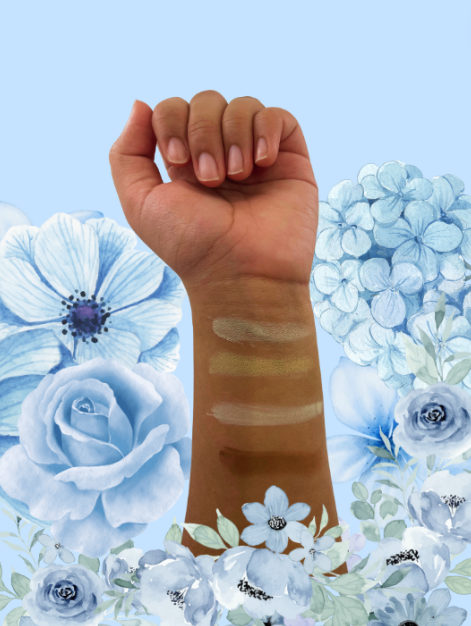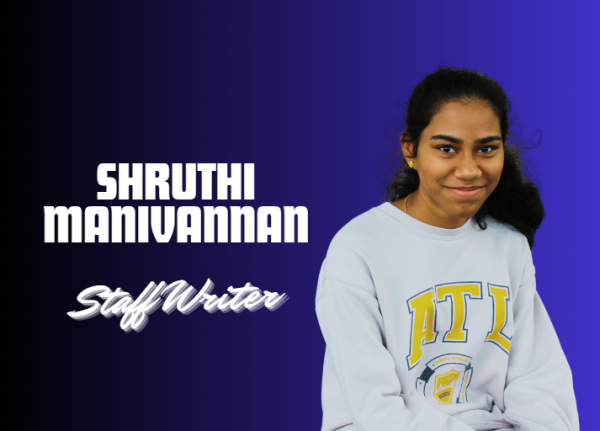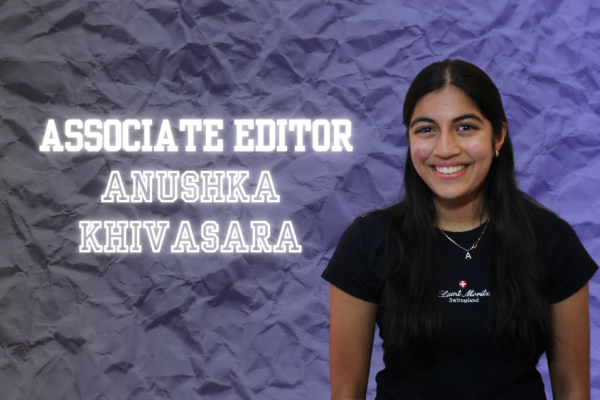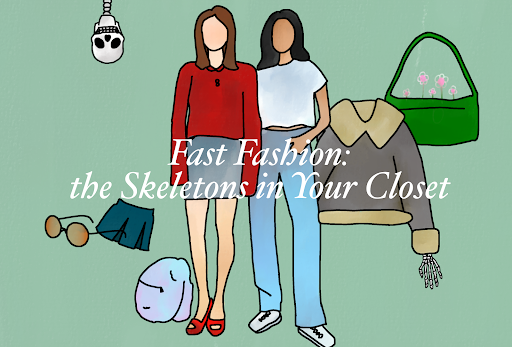
Fast fashion, the newest murderer of the natural world. But what is it? To understand fast fashion, you have to know what it means. Simply put, fast fashion is the selling of cheaply manufactured yet trendy clothes for rock-bottom prices.
However trendy fast fashion can seem, it has devastating effects on our environment, but there are other sustainable options when it comes to shopping for clothes.
The History of Fast Fashion:
But where did the term “fast fashion” come from?
In the past, humans produced clothes in a slower way, sourcing their own materials and hand-making them.
“Fast fashion” wasn’t popular until the Industrial Revolution. New inventions were designed for convenience and efficacy―specifically the introduction of sewing machines, which was a major turning point for designers.
Still, the whole “fast fashion” concept wasn’t really born until the early 2000s. During this era, low-cost fashion became the new fashion with brands taking, “the looks and design elements from the top fashion houses and [reproducing] them quickly and cheaply,” as stated by Goodonyou.
Now, the fast fashion industry only continues to grow, valued at 106 billion US dollars (2022). This fashion business won’t be stopping anytime soon.
Unintended Effects
On the darker side of things, fast fashion has enormous impacts on Earth. The cheap textile dyes aren’t properly disposed of and constantly pollute clean water, and according to Business Insider, it’s the second biggest pollutant.
This water is also drunk by animals, who then experience negative effects. Additionally, the clothes are manufactured in such large quantities that there is often textile waste, leading to it ending up in landfills. And as much as the companies that produce fast fashion may profit, workers frequently work in harsh conditions―only to end up with a toll on their health and a pittance for pay. “Throw away culture”, also known as “disposable fashion”, is also heavily encouraged by fast fashion companies.
Investopedia explains this nicely, writing, “The constant introduction of new products encourages customers to frequent stores more often, which means they end up making more purchases.”
Consumers spend money on cheaper clothes that they will soon toss away after one or two wears because the newest trends have changed.
Identifying Fast Fashion:
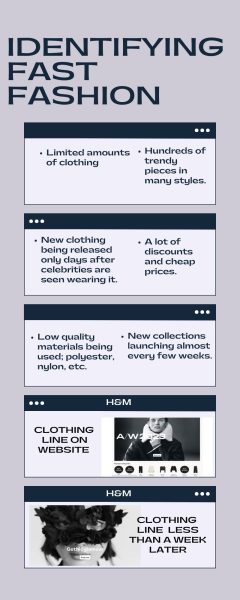
Fast fashion can be a chameleon, and tricky to spot, especially in these past years. Many people don’t realize they are buying fast fashion, or even encouraging it.
You might have even bought a piece here and there. Here’s an easy, comprehensible list of red flags screaming fast fashion:
Slow Fashion
From toxic waste to big profits, the effects of fast fashion are numerous. On the entire other side of the spectrum, there is slow fashion.
You might be familiar with this type, the concept being brought to life in 2008 by Kate Fletcher, a fashion and sustainability consultant. Contrary to fast fashion, slow fashion is eco-friendly, usually made of endurable material, and doesn’t have a negative repercussions on the workers.
Slow fashion also has less of an environmental impact than fast fashion, producing far less in the toxic waste category.
Fletcher, when asked to describe the most well known misconception regarding slow fashion, answered, “That it’s [slow fashion] about materials and technology… [slow fashion] is also about behavior, relationships and ways of thinking.”
Slow fashion values quality over quantity in all aspects, unlike fast fashion, which reverses that and goes full steam ahead in the quantity side.
A few places where “slow” fashion can be purchased are thrift stores, locally owned businesses or sustainable clothing brands. Most of these places have all types of clothing staples, made of recycled items and can be worn multiple times. ProjectCECE does a good job of listing a couple sustainable brands to shop from.
Fast fashion has many negative impacts on workers, animal life, and the environment; and to counteract it, slow fashion is always a great option.
Where do we go from here?
Fast fashion has only shot up from when it first started, but there’s a lot that can be done to nullify its impact on the environment, even if it doesn’t fully diminish it.
As we continue to broaden awareness of this dark phenomenon, fast fashion can fade away slowly. We can stop the spread and help the Earth live a little longer, together. The sources we used and some more links to learn more about fast fashion, it’s effects, and how to counteract it:
- “What is Fast Fashion?” from Good On You
- “Fast Fashion Explained and How It Impacts Retail Manufacturing” from Investopedia
- “Fast Fashion and Its Environmental Impact” from Earth.org
- “What Is Fast Fashion, Anyway?” from The Good Trade
- “Could This Be The End Of Fast Fashion” from Vogue



